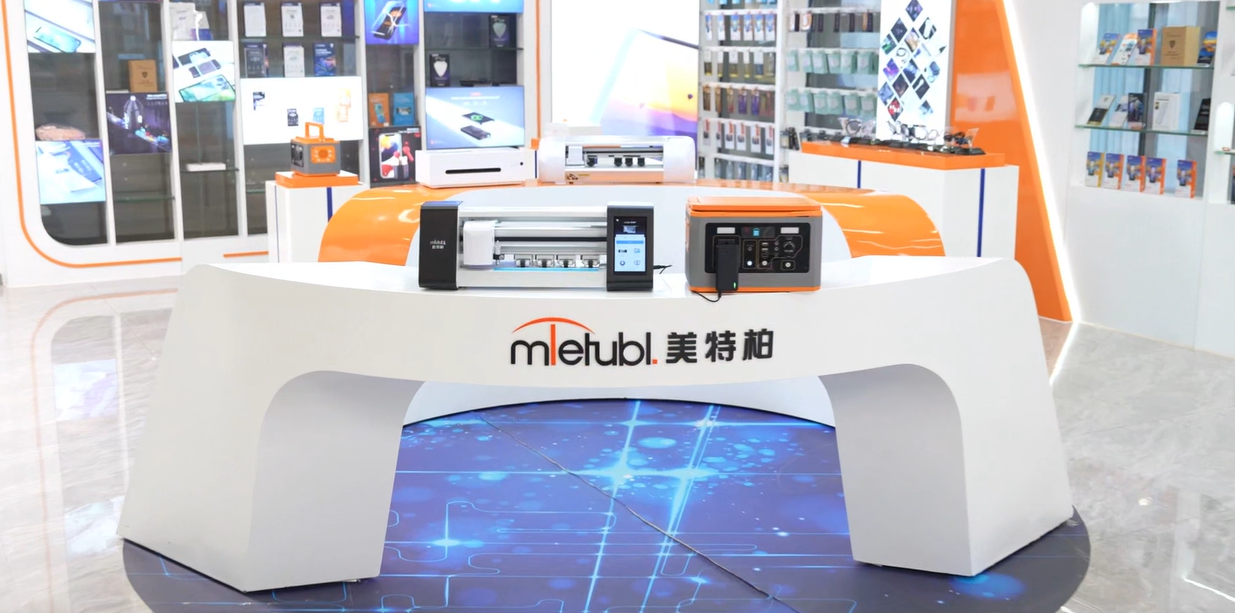
MIETUBL Brand Overview
MIETUBL is a brand originating from China and thriving through China’s intelligent manufacturing. It is committed to providing high-quality mobile accessories and related products to global consumers. Since its inception in 1998, the brand has followed the trends of the times, focusing on resource integration and building a symbiotic and shared industry ecosystem, enabling global consumers to conveniently access quality products that enhance their lives.
By continuously innovating and diversifying its product offerings, MIETUBL has achieved significant success in the mobile accessory industry. As a brand driven by customer value and innovation, MIETUBL has expanded into various product applications while accumulating rich industry experience and establishing a stable customer base. Headquartered in Zengcheng, Guangzhou, the company has strategically positioned itself within the mobile accessory industry, integrating high-quality production resources and aiming for a win-win business model.
Core Values and Development Vision:
-
Customer-Centric: MIETUBL always prioritizes customer needs, continually enhancing product quality and consumer experience through innovation and technological research and development.
-
Resource Integration and Industry Symbiosis: By integrating industry resources, MIETUBL creates a symbiotic, shared industry ecosystem, connecting global distributors and consumers, and promoting mutual growth across the value chain.
-
Global Vision: MIETUBL is committed to bringing Chinese manufacturing to the world, providing global consumers with high-quality, innovative mobile accessories, while offering profitable opportunities for distributors.
MIETUBL’s long-term vision is to continually enhance its products through innovation and quality, establishing “MIETUBL” as a globally trusted brand, recognized in markets around the world.
PRODUCTS
Why Tempered Glass Is More Durable Than Other Screen Protectors
Superior Impact Resistance
The fundamental reason for tempered glass's superior durability lies in its manufacturing process. Unlike standard glass, tempered glass undergoes a process called thermal tempering or chemical strengthening. This involves heating the glass to extremely high temperatures and then rapidly cooling it. This rapid cooling process creates compressive stress on the surface of the glass and tensile stress in the interior. This creates a strong internal structure that is highly resistant to cracking and shattering.
When subjected to impact, the compressive stress on the surface of the tempered glass absorbs much of the energy, preventing the cracks from propagating easily. This contrasts sharply with standard glass or even plastic films, which tend to crack and shatter readily under similar impact forces. The inherent strength of the tempered glass allows it to withstand significantly higher levels of pressure before fracturing, ensuring better protection for your screen.
Enhanced Scratch Resistance
Beyond impact resistance, tempered glass also boasts superior scratch resistance. Its smooth surface and inherent hardness make it significantly more resistant to scratches from everyday objects like keys, coins, and dust particles. Plastic film screen protectors, while offering some degree of protection, are far more susceptible to scratches, leading to a degraded user experience and diminished visual clarity over time.
The higher hardness rating of tempered glass (typically around 9H) compared to plastic films significantly contributes to its scratch resistance. This means it can withstand more abrasive forces without becoming visibly marred. This longevity ensures that your screen protector maintains its protective qualities and pristine appearance for a significantly longer period.
Superior Clarity and Responsiveness
Many users prioritize a screen protector that doesn't interfere with the touch responsiveness or visual clarity of their display. Tempered glass excels in this area. Its thin profile and optically clear nature ensure minimal impact on touch sensitivity and screen brightness. The clarity remains consistent, preventing any haziness or distortion that could detract from the viewing experience.
In contrast, some plastic films can noticeably reduce screen clarity, affecting the vibrancy of colors and the overall viewing experience. They can also hinder the responsiveness of the touchscreen, leading to frustrating delays or inaccurate input. Tempered glass, with its superior optical properties, maintains a nearly imperceptible difference in touch sensitivity and image quality compared to an unprotected screen.
Self-Healing Properties (In Some Cases)
While not a universal feature, some higher-end tempered glass screen protectors incorporate self-healing properties. These protectors have a polymer layer that allows minor scratches to heal over time, reducing the visibility of superficial damage. This adds another layer of protection and maintains the aesthetic appeal of the screen protector.
This self-healing aspect is yet another advantage over plastic films, which typically show scratches permanently. It means the protector can withstand minor bumps and scratches without immediately compromising its appearance or protective capabilities. While not a replacement for careful handling, this feature extends the lifespan and visual appeal of the tempered glass screen protector.
In conclusion, the superior durability of tempered glass screen protectors stems from a combination of factors, including its enhanced impact resistance, superior scratch resistance, superior clarity, and sometimes, even self-healing capabilities. While the initial cost might be slightly higher compared to plastic films, the increased protection and extended lifespan make tempered glass a worthwhile investment for anyone seeking to safeguard their smartphone's valuable screen.
SUBSCRIBE
INQUIRY